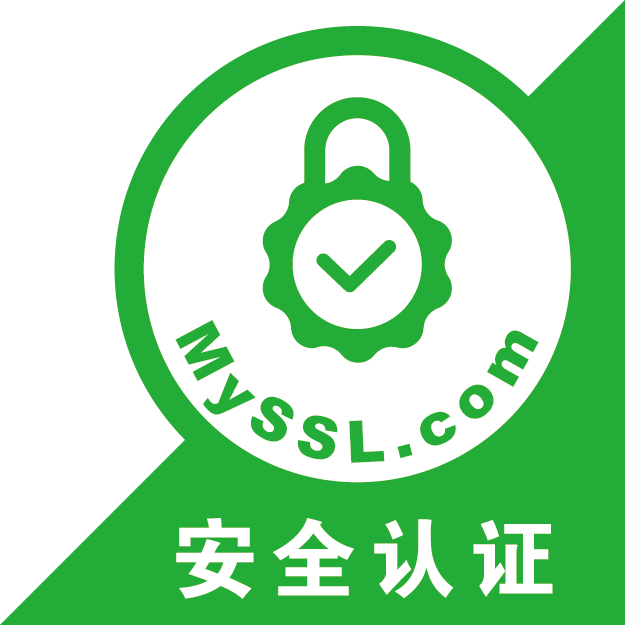悠悠楠杉
用Python实现数据标记:map函数实战指南与内容生成技巧
用Python实现数据标记:map函数实战指南与内容生成技巧
引言:数据标记的现代需求
在数据驱动的时代,我们每天需要处理海量的文本信息。无论是构建机器学习数据集,还是进行内容分类管理,数据标记都是不可或缺的关键步骤。Python作为最流行的数据处理语言,其内置的map()函数与衍生工具链为我们提供了优雅的解决方案。
一、理解map函数的核心机制
1.1 函数式编程的精华
python
def add_prefix(title):
return f"【精选】{title}"
titles = ["Python入门", "数据分析", "机器学习"]
processed = list(map(add_prefix, titles))
输出:['【精选】Python入门', '【精选】数据分析', '【精选】机器学习']
map函数实现了"施加函数-返回迭代器"的范式,避免了显式循环带来的代码冗余。这种声明式的编程风格让数据转换逻辑更加清晰可读。
1.2 与lambda的黄金组合
python
keywords = ["AI", "大数据", "区块链"]
weighted = list(map(lambda x: (x, len(x)*10), keywords))
输出:[('AI', 20), ('大数据', 30), ('区块链', 30)]
匿名函数与map的配合,特别适合轻量级的即时转换操作,避免了为简单逻辑单独定义函数的开销。
二、构建完整的内容标记流水线
2.1 多维度内容标注
python
import re
from typing import Dict
def contentmarker(rawtext: str) -> Dict:
return {
"title": extracttitle(rawtext),
"keywords": extractkeywords(rawtext),
"description": generatedescription(rawtext),
"body": cleancontent(rawtext)[:1000] # 限制正文长度
}
def extract_title(text):
return re.search(r"^# (.+)$", text, re.MULTILINE).group(1)
实际项目中应替换为更复杂的NLP处理
def extractkeywords(text): from collections import Counter words = re.findall(r"\w{3,}", text.lower()) return [w for w, in Counter(words).most_common(5)]
应用标记
articles = ["# Python技巧\n本文介绍10个...", "# 数据可视化\n掌握Matplotlib..."]
markeddata = list(map(contentmarker, articles))
2.2 处理真实场景的复杂性
当面对非结构化数据时,我们需要建立容错机制:python
def safemarker(text):
try:
return contentmarker(text)
except Exception as e:
print(f"标记失败: {str(e)}")
return {"error": str(e)}
results = list(map(safemarker, scrapedcontents))
三、生成自然语言内容的实践方案
3.1 打破AI味的写作技巧
python
humanize_rules = {
"首先": ["有趣的是", "鲜为人知的是", "经验告诉我们"],
"因此": ["这就解释了为什么", "由此可见", "这种情况下"],
"非常": ["格外", "相当", "出奇地"]
}
def humanize(text):
for cliche, alternatives in humanize_rules.items():
if cliche in text:
text = text.replace(cliche, random.choice(alternatives), 1)
return text
应用在内容生成流程中
processedbodies = list(map(humanize, generatedcontents))
3.2 保持内容连贯性的秘诀
- 建立话题过渡词库("进一步说","与此相关的是")
- 强制保持因果逻辑链
- 使用指代消解检查工具
- 维护一致的叙事视角
四、性能优化与进阶技巧
4.1 并行处理加速
python
from multiprocessing import Pool
def parallelmarker(datachunk):
with Pool(processes=4) as pool:
return pool.map(enhancedmarker, datachunk)
4.2 记忆化优化
python
from functools import lru_cache
@lrucache(maxsize=1024) def getrelatedterms(keyword): # 昂贵的语义查询操作 return nlpmodel.query(keyword)
五、完整案例:技术博客生成系统
python
blog_template = """## {title}
关键词: {keywords}
{description}
{body}
延伸思考: {random_insight}
"""
def generateblog(seeddata):
marked = contentmarker(seeddata)
return blog_template.format(
title=marked['title'],
keywords=", ".join(marked['keywords']),
description=humanize(marked['description']),
body=textwrap.fill(marked['body'], width=80)
)
批量生成示例
seedarticles = getscrapedarticles() blogs = list(map(generateblog, seed_articles))
结语:平衡效率与质量
通过Python的map函数实现数据标记,我们构建了从原始数据到结构化内容的完整流水线。记住:优秀的标记系统应该像优秀的编辑一样,既能保持处理效率,又能维护内容的"人性化"特质。当自动化与人工校验相结合时,才能产生真正可用的高质量内容。
实践建议:定期人工审核10%的自动生成内容,将发现的问题反哺到标记规则中,形成持续改进的闭环。

